Esterification
Esterification
In this article, we will discuss the topic of esterification. In this current discussion, we will learn the esterification reaction, and different ways of esterification. We will also elaborate on the esterification process, and also other mechanisms that the process follows. This process is primarily for the formation of ester in a chemical reaction with the participation of acid and alcohol.
What is Esterification?
Esterification is the process of combining an organic acid (RCOOH) with an alcohol (ROH) to form an ester (RCOOR) and water. This also can be said as the chemical reaction that is the resultant of the formation of atleast one ester product. In the process where the reaction between alcohol and carboxylic acid takes place is called esterification. In the simple sense, it is the chemical reaction that takes place during the formation of ester.
The chemical reaction for esterification is represented as:
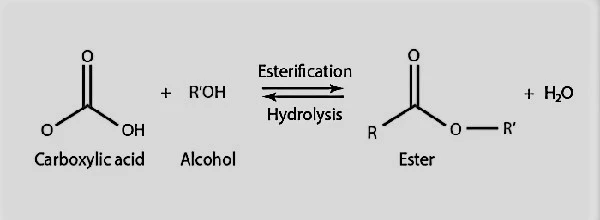
Let us dig deeper to study the mechanism involved in the process. In this process, when primary alcohol is treated with a carboxylic acid in the presence of sulphuric acid, then a compound is formed. This compound is sweet in smell and is known as ester. This process of formation of the ester is known as esterification.
In other words, Esterification is an equilibrium reaction to form ester mainly from alcohols and carboxylic acids. Esters are primarily made from the reactions between acyl chlorides (acid chlorides) and alcohols, and from acid anhydrides and alcohols. In this process, carboxylic acid and alcohol react to form an ester this is an esterification reaction
We can now see that the process of esterification follows a definite mechanism. It follows a step by step process through which the whole reaction takes place. We will try and explain the process step by step, now known as the esterification mechanism.
Esterification Mechanism
This whole process of esterification is basically being carried out in five steps ad we are going to explain and understand each step so that the complete process can be understood
Step1:
this step primarily deals with the cation formation, in which the atoms start to react in the process
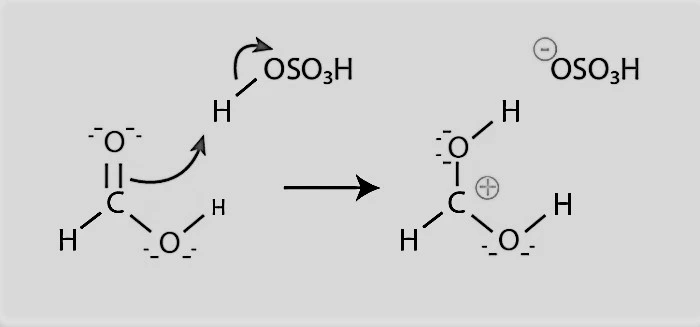
Step2:
In this step, the defoliation carbocation process takes place. In here the carboxyl oxygen gets pronated to give in delocalized carbocation making a better electrophile.

Step 3:
This step felicitates the transfer of proton. In the reaction that takes place in a proton is transferred to one of the hydroxyl groups to form another group for ester formation.

Step 4:
In this step the Pi bond is formed. In the reaction process, the hydroxy group’s alcohol oxygen atom donates a pair of electrons to a carbon atom to make a π bond by eliminating water. The concentration of water is less than a methanol so the reaction becomes irreversible.
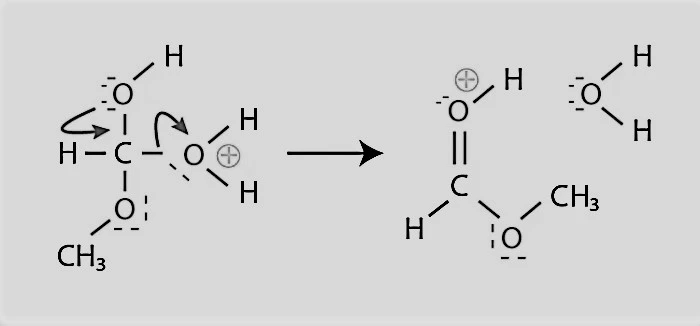
Step 5:
In this stage, the process of actual ester formation takes place in here.

Let us now try and learn about the properties of Ester as well. Ester is one of the most important events that are useful in many other ways as well. Due to its sweet smell and relatively low infallibility, it is being used in various commercial purposes as well.
Properties of Ester:
- The element ester is derived from the carboxylic acid, and it takes part in the process of esterification.
- These compounds usually have a sweet smell and are colourless.
- They are widely being used in the manufacturing of different perfumes and also in food industries as a food colour, essence etc.
- They are also found on organic compounds like oils and fats.
Related Videos:
- Addition of Hydrogen Cyanide
- Addition of hydrogen
- Nomenclature of Carbonyl Compound
- Crossed Aldol Condensation
- Crossed Cannizzaro's Reaction
Esterification Methods
There are a few commonly used methods for the esterification methods to be carried out. There are being broadly divided into three ways. Let us explain and understand it one by one:
Acid Anhydride and Alcohol
In this process, the reaction takes place between alcohol and acid anhydride. This reaction is comparatively slower than acid chloride. To get the ester formation here, we have to warm the mixture to a definite temperature.
For example: 2,6-diiodophenol reacts with an acid anhydride to form ester.
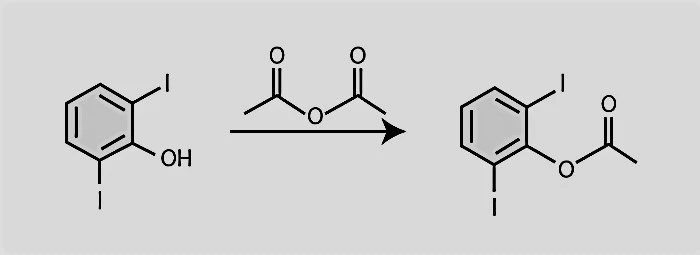
Acid Chloride and Alcohol
The process of esterification can also be done with alcohol and acid chloride keeping both at room temperature. Here ester is obtained with steamy acidic fumes of hydrogen chloride.
The process can be better explained with the reaction of alcohol and benzoyl chloride.
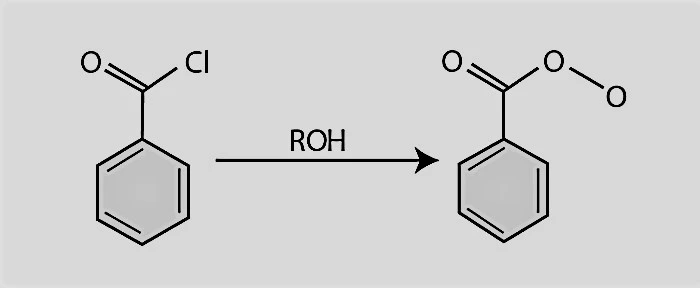
Carboxylic Acid and Alcohol
Esters can also be produced with the use of carboxylic acid and alcohol. We have to heat the acid in the presence of sulphuric acid that will act as a catalyst.
An explanation can be done with this experiment of the reaction of ethanoic acid and propanol to form propyl-ethanoate and water.
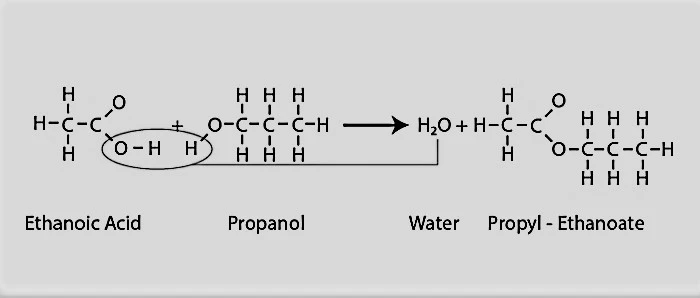
We have now understood the different processes in which esterification is being carried out. We are also able to explain the different ways of the process. Now we will try and understand the use of esters.
Uses of Esters:
There are certain very common uses of ester in our daily life as well.
- Esters are mostly used in the manufacturing of perfumes, cosmetics and in food colouring agents as well.
- Esters are also used as solvents in many of the chemical reactions.
- Few of the esters are explosive in nature. Nitro-glycerine is one of those known compounds.
- This chemical has cleansing properties as well. This is the reason why it is widely used as surface cleaning agents like detergents and soaps.
- It is also one of the natural occurring esters are present in pheromones.
- It is also used in DNA calculations as well. One of the backbones of DNA molecules is formed by phosphor esters.
- It is widely being used in the polyester industries in the production of plastics
So, we have now understood the whole process of esterification and also the importance of ester production and its applications.
Important Chapters:









